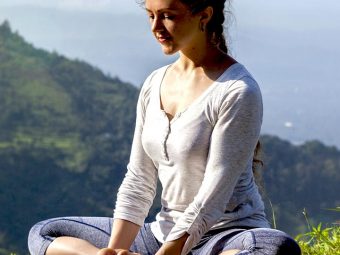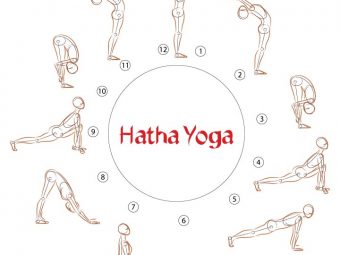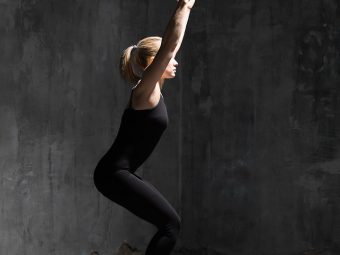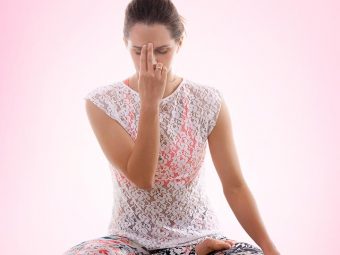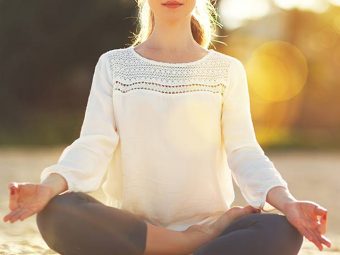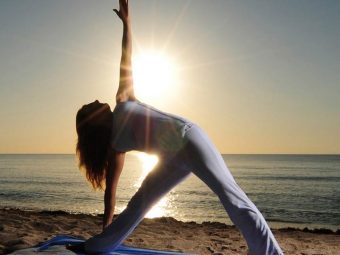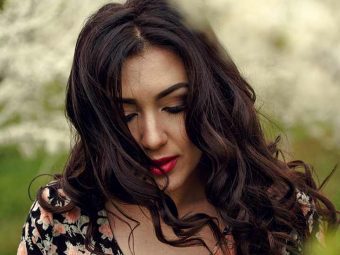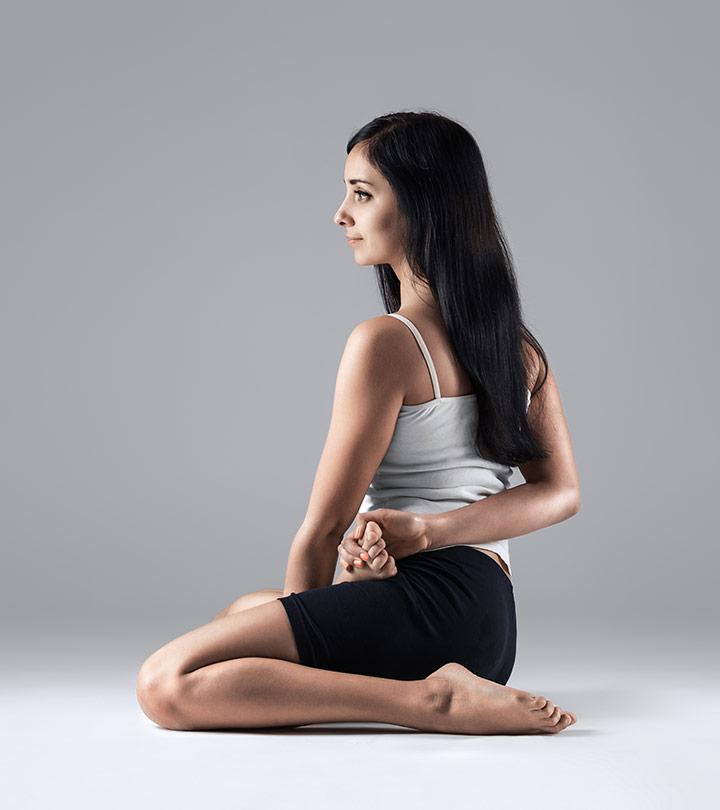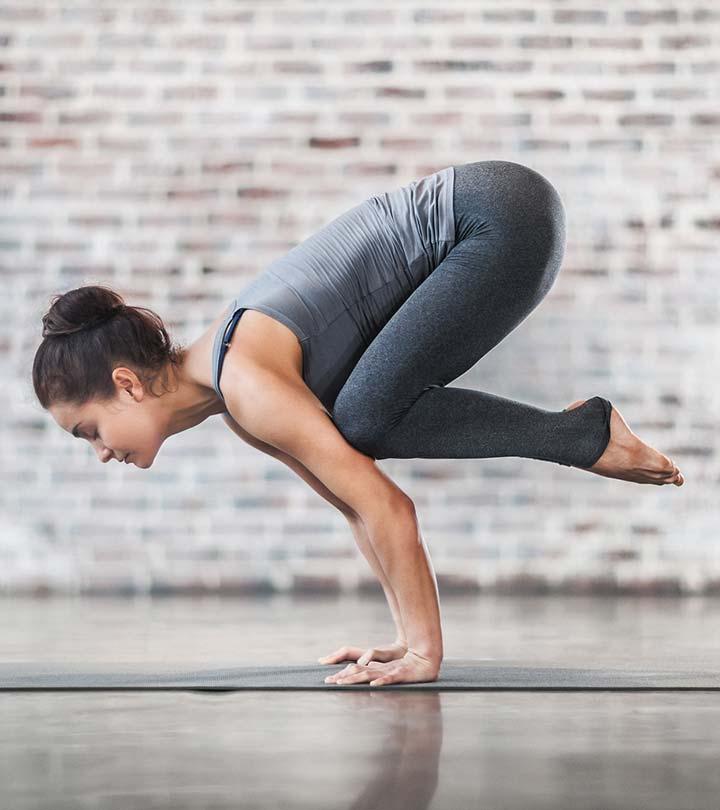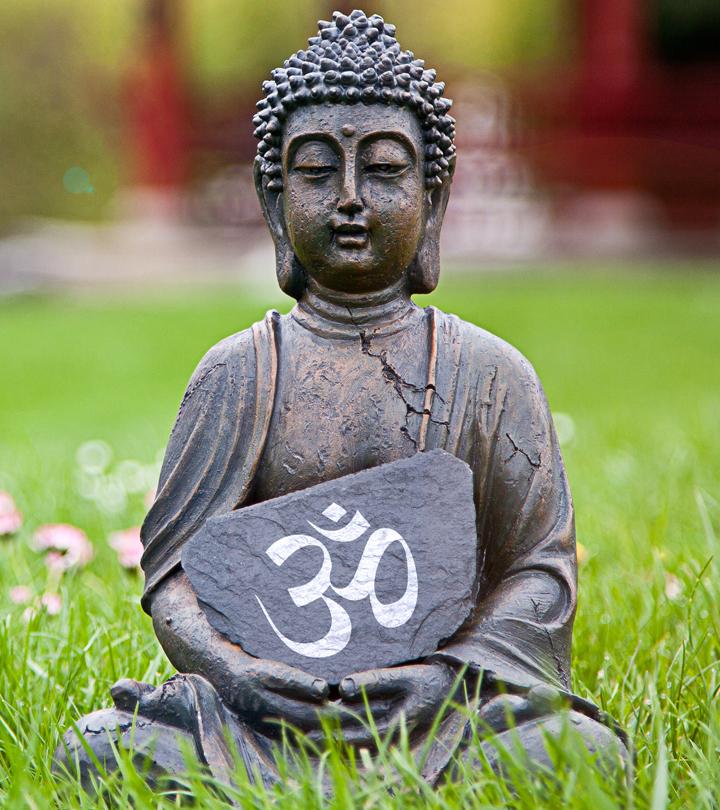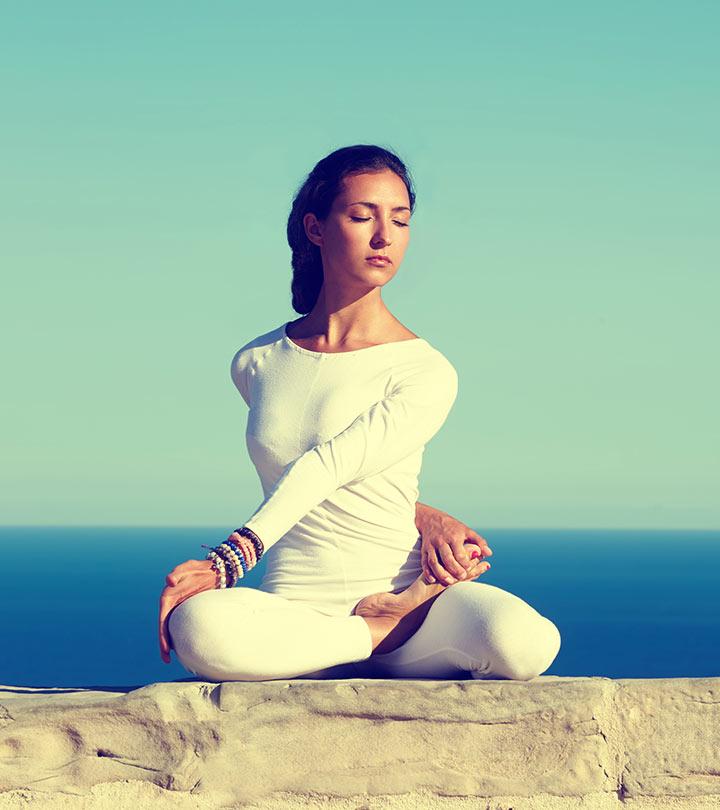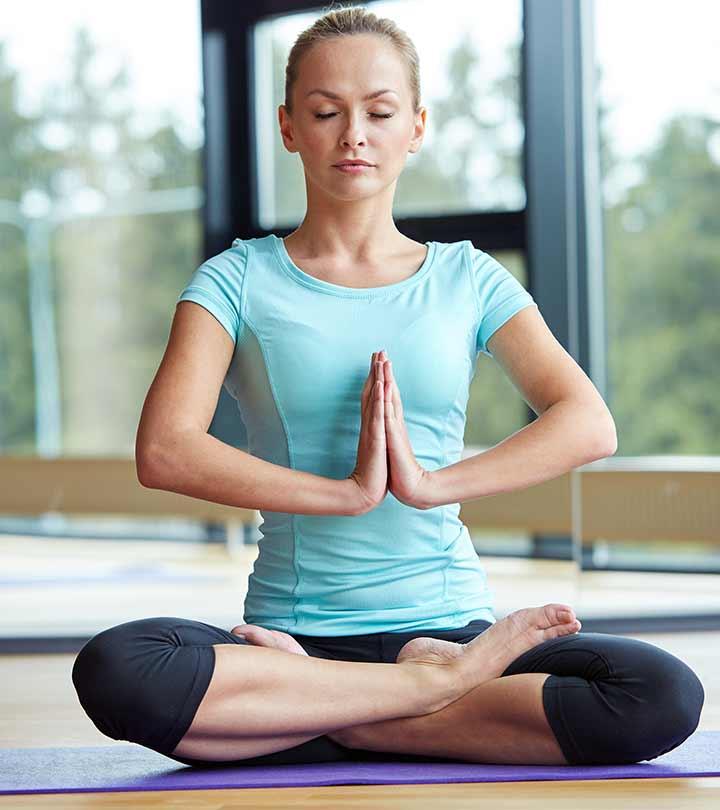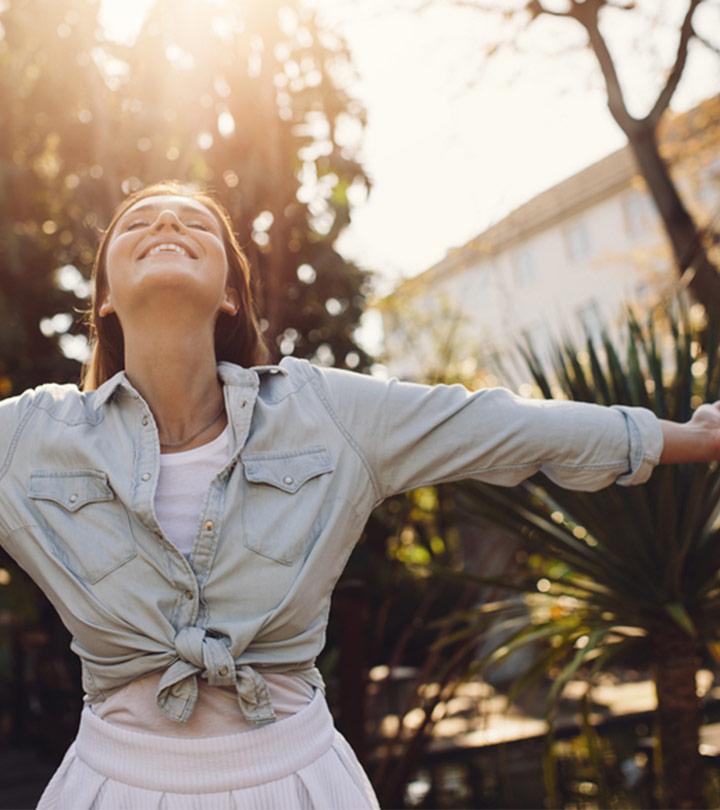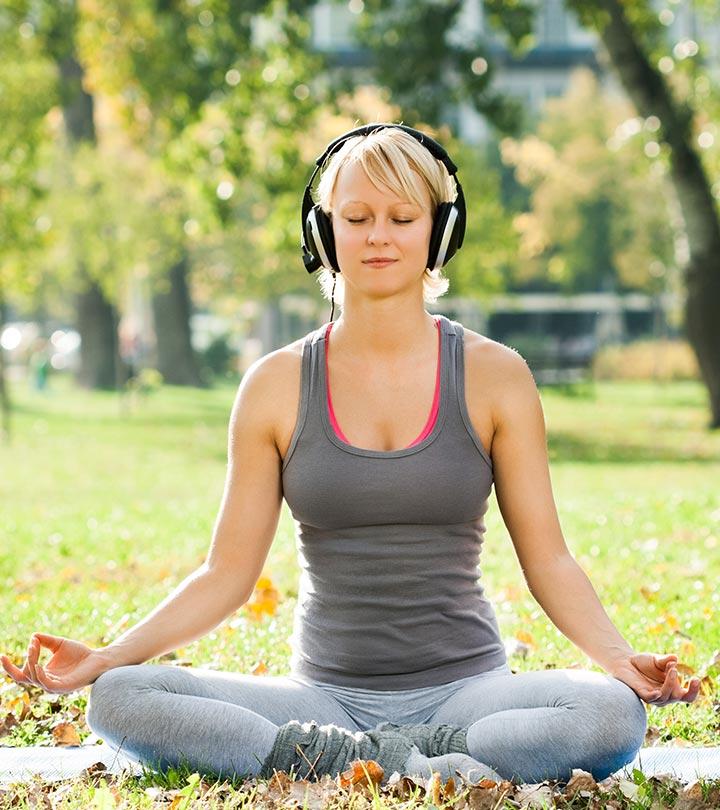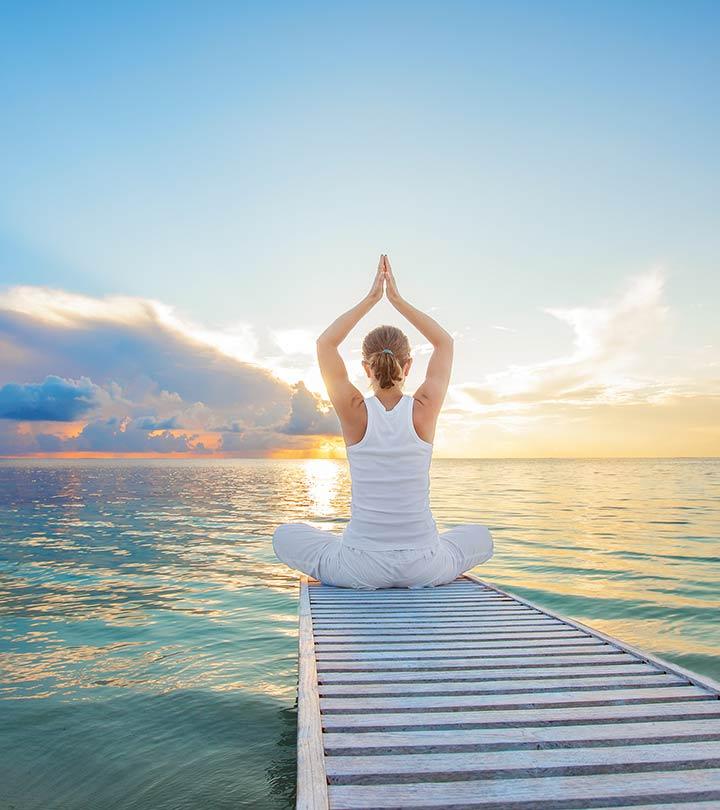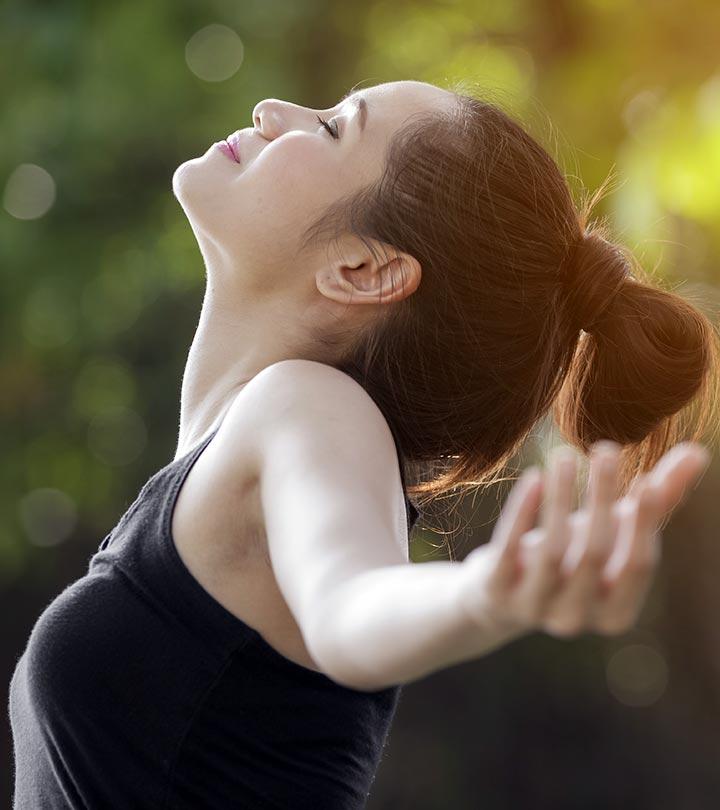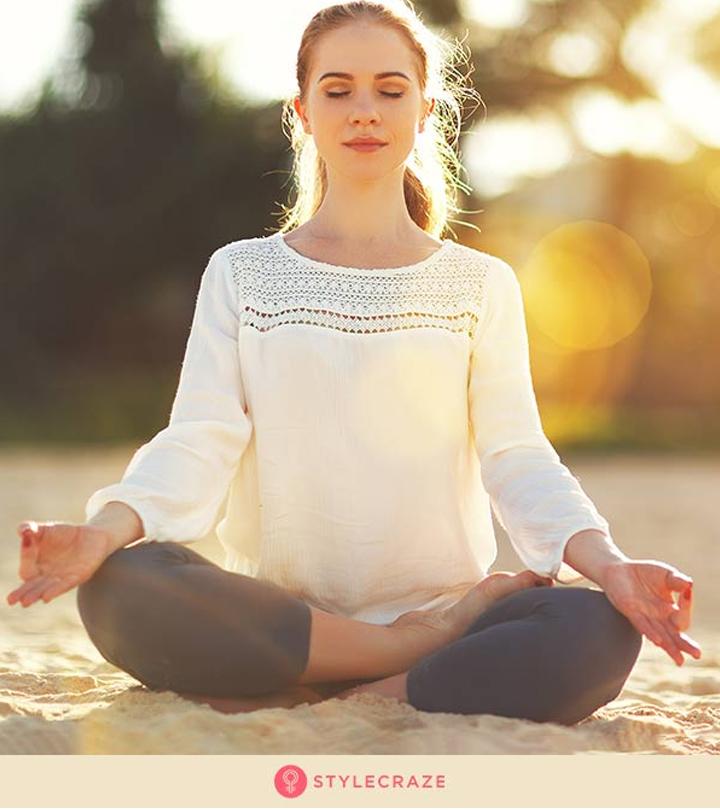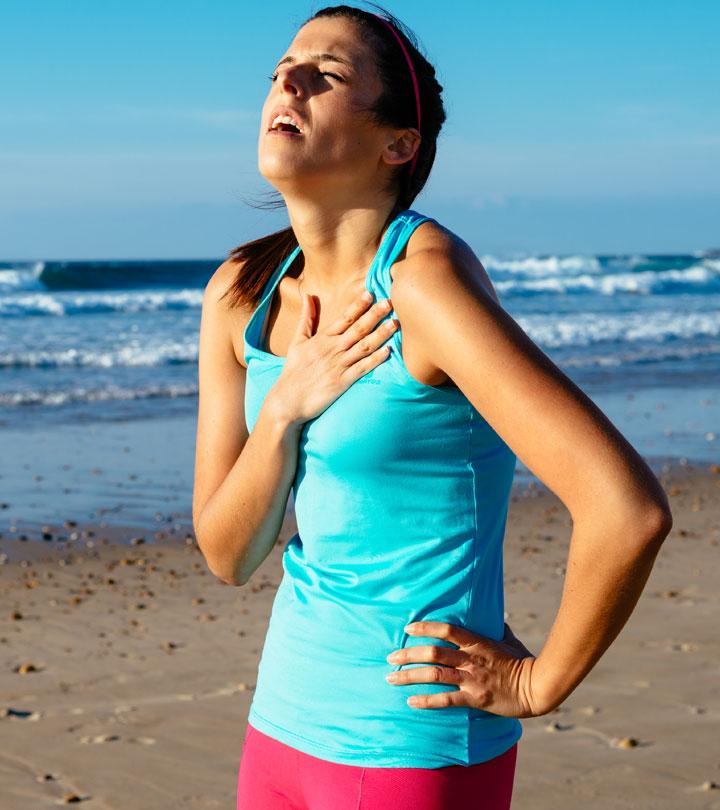How To Do The Adho Mukha Svanasana And What Are Its Benefits
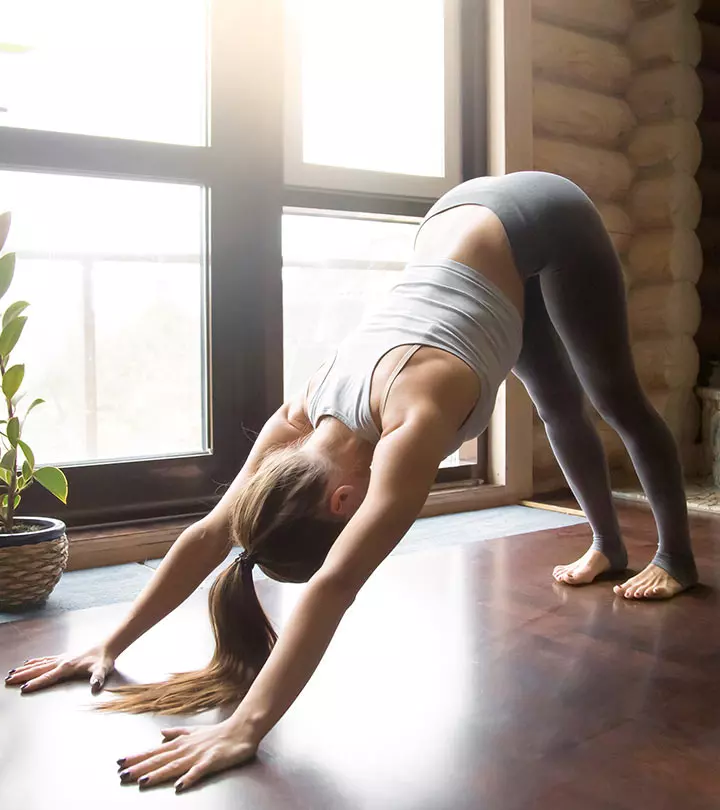
Image: Shutterstock
Downward facing dog pose or Adho Mukha Shvanasana is an asana which is pronounced as A-doh MOO-kah shvah-NAS-anna. Sanskrit: अधोमुखश्वानासन; Adho – Forward; Mukha – Face; Svana – Dog; Asana – Pose;
The name comes from the Sanskrit words adhas (अधस्) meaning ‘down’, mukha (मुख) meaning ‘face’, śvāna (श्वान) meaning ‘dog’, and āsana (आसन) meaning ‘posture’. The Adho Mukha Svanasana looks similar to a how a dog looks when it bends forward. This asana has numerous amazing benefits that make it extremely essential for you to practice it every day. The best part is, even a beginner can get the hang of this asana with great ease.
Everything You Need To Know About Adho Mukha Svanasana
- What You Should Know Before Practicing This Asana
- How To Do Downward Facing Yoga
- Precautions Or Contraindications
- Adho Mukha Svanasana Beginners Tips
- Advanced Pose Alterations
- Benefits Of Downward- Facing Dog Pose
- The Science Behind Adho Mukha Svanasana
- Preparatory Poses
- Follow- Up Poses
What You Should Know Before You Begin This Asana
It is extremely essential to make sure that your bowels and stomach are empty before you perform this asana. It might be a good idea to give a gap of a few hours between your last meal and the exercise. This will allow enough time for your food to digest well. This asana works best when practiced in the morning.
Level: Beginner
Style: Ashtanga Yoga
Duration: 1 to 3 Minutes
Repetitions: None
Strengthens: Legs, Arms, Back
Stretches: Shoulders, Calves, Hamstrings, Hands, Back, and Arches of the foot
How To Do Downward Facing Dog Pose (Adho Mukha Svanasana)
- Stand on four limbs, such that your body forms a table-like structure.
- Exhale and gently lift your hips and straighten your elbows and knees. You need to ensure your body forms an inverted ‘V’.
- Your hands should be in line with your shoulders, and your feet in line with your hips. Make sure that your toes point outwards.
- Now, press your hands into the ground and lengthen your neck. Your ears should touch your inner arms, and you should turn your gaze to your navel.
- Hold for a few seconds, and then, bend your knees and return to the table position.
Precautions And Contraindications
It is best to consult a professional trainer or medical practitioner before you do this asana. Avoid practicing this asana if you suffer from
- Carpal tunnel syndrome
- High blood pressure
- A detached retina
- A dislocated shoulder
- Weak eye capillaries
- Diarrhea.
Pregnant women should practice this asana with caution. It is best to consult your doctor before you indulge in the practice.
[ Read: Top 20 Yoga Poses For Pregnant Women ]
Adho Mukha Svanasana Beginners Tips
If you are in your early days of practicing yoga, here are some tips for you to keep in mind.
1. It is easy to know whether or not you are doing this asana right. If you feel that your joints are stressed, or you are unstable, you need to check your alignment. Start over, and make sure your knees are right under your hips, and your hands are beneath your shoulders. Also, make sure that the creases on your wrists and elbows are aligned with your mat.
2. Initially, it might be difficult to get the shoulder release right. You could practice against the wall to get this right. Stand about three feet away from the wall with your legs apart (hip distance). Make sure you are facing the wall. Then, place your hands on the wall, and walk them down until they reach the level of your torso. Your arms should be parallel to the floor.
Advanced Pose Alterations
Here’s how you can intensify your practice and make it more effective once you are comfortable with the basics.
1. Increase the stretch by lifting your body by the balls of your feet and pulling your hips such that they are higher. Don’t forget to pull your pelvis inside. Drop your heels back to the floor and maintain the intensity.
2. If you want to focus on your arms, loop a belt around them, and then, press against the strap of the belt to increase the intensity. To focus on the legs, place the belt above your knees on the upper part of your legs, and then, work on the active leg by drawing the thighs outward.
Benefits Of Downward Facing Dog Pose (Adho Mukha Svanasana)
The Adho Mukha Svanasana, as we have already established, is one of the best poses of yoga, and has numerous benefits. Take a look at some of the benefits of including this asana in your practice.
1. Strengthens The Abdominal Muscles
The inversion of the downward facing dog pose is the boat pose. We all know that the Navasana benefits the abdominal muscles that also help support the spine. This exercise has similar effects on the abdominal muscles. It helps to stretch and strengthen these muscles.
2. Improves Circulation
It might not have come to your notice, but the downward facing dog is actually an inversion. The hips are lifted, and the head is dropped below the heart. There is a reversal in the pull of gravity, so fresh blood flows, thus promoting circulation.
3. Improves Digestion
This asana is not a full fold, but it still allows the abdominal muscles to compress the organs of the digestive system, including the liver, kidneys, and the spleen.
[ Read: 10 Healthy Foods For Good Digestion ]
4. Tones The Hands And Feet
The body weight is on your hands and feet when you do the Adho Mukha Svanasana. Therefore, it tones the limbs and prepares them for better balance.
5. Decreases Anxiety
This pose also helps you relax and calms your mind, thus reducing anxiety. As the neck and cervical spine are stretched, stress is released.
The Science Behind Adho Mukha Svanasana
The Adho Mukha Svanasana is known to relax the muscles. The attempt to pull your hands while you take on this pose escalates the tension in the muscle tendons, and in response to the tension, the spinal cord gives a signal to the muscles to relax. The stretching through the pose releases endorphins that help relax your body and mind (1).
Preparatory Poses
- Phalakasana
- Uttanasana
Follow-up Poses
This is another important asana. It is a part of the sun salutation or Surya Namaskar. It stretches those parts of the body that cannot be stretched otherwise, therefore giving you a range of health benefits.





